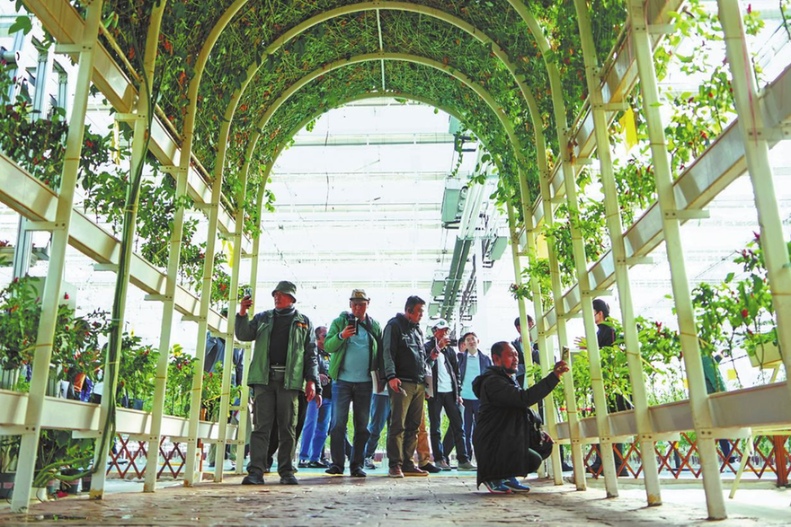Initiative to help foster symphony of coexistence

Thailand enjoys great animal diversity, with more than 200 protected areas of national parks, wildlife sanctuaries and wildlife non-hunting areas, which cover 17 percent of Thailand's total area, said the Wildlife Conservation Society in New York.
The country is well known for the Asian elephant, the largest land mammal in the world, which can also be found in countries including Bangladesh, Sri Lanka, Myanmar, Laos, Cambodia and China.
The shoulder height of an adult Asian elephant is about 2.5 meters, and they weigh on average about 4 metric tons. Elephants can live for 60 to 70 years.
Asian elephants live in various habitats, from open grasslands to deep evergreen forests. They spend most of their time eating, and an adult elephant can consume 150 to 200 kilograms of food each day.
Asian elephants play an important role as "engineers" of the rainforest, said Chen Fei, director of the Asian Elephant Research Center under China's National Forestry and Grassland Administration.
"Their migration can accelerate the replacement of forest ecosystems along the way, while elephant dung not only remains a delicacy for insects but also attracts insectivorous birds, allowing plant seeds to spread," Chen said.
Elephants, as both umbrella and flagship species in conservation, ensure protection for other wildlife species within their habitat when they are safeguarded, Chen said.
To further protect Asian elephants, a flagship species in the rainforest, Thailand's National Parks, Wildlife and Plant Conservation Department has drawn up a 10-year action plan to mitigate human-elephant conflicts that have occurred wherever elephants and locals share the same habitat and compete for the same resources.
The 2020-29 plan strives to provide elephants in protected forest zones with food and water, enhance their habitat and promote elephant awareness in neighboring communities.
These efforts are expected to enhance local villagers' comprehension of nature conservation and living harmoniously with wildlife.
Some pilot projects also equip villagers with skills to better their living conditions and manage village funds.
Alongside empowering local communities, pilot projects have also been launched to secure water sources for local consumption and agricultural needs, thereby sustaining livelihoods, said Chalermchai Sitthisad, privy councilor and executive chair of the Gajanurak Fund that supports local conservation endeavors.
These efforts have united villagers in solidarity, enabling them to share knowledge on a variety of alternative livelihoods, such as transitioning from single-crop farming to multiple-crop farming, he said.
As a result, local villagers have established 33 groups or associations to assist one another in earning income from different sources, such as medicinal herbs, basketry and food processing.
"The approach enhances local communities' quality of life while offering them peace of mind and protection from wild animals through the use of alert and surveillance systems," Chalermchai said.































